
Oscilloscope
demystified
Do you think that the oscilloscope is too complicated, expensive and has no place on your workbench?
Think again...
With this course, you will learn how to use the oscilloscope and take your understanding of electronics to the next level.
Course last updated in December 2022
We updated this course with new lectures that contain demonstrations of the Zoolark electronics multi-tool in oscilloscope mode, a new ESP32 waveform generator, and a fun ESP32 X-Y plot generator.
You will find the new content in sections 3, 9 and 12.
After the multimeter, the oscilloscope is the most useful test instrument for makers.
Oscilloscopes are incredible: They can capture, display, and analyse an electrical input signal.
They can automatically produce all kinds of measurements, like the period, rise time, width, duty cycle, max and min voltages, and lots more, and even decode communications protocols like RS232, and I2C.
Over the last few years, their prices have dropped by a lot, and it is now very common for students and hobbyists to be able to afford one.
Today, budget scopes offer a full array of capabilities.
Unlike the multimeter (which can show the value of a measurement at a single moment in time), the oscilloscope works in two dimensions.
On its screen, the oscilloscope will plot the voltage of your test circuit over time. You can see how voltage changes over time, and get the measurements that describe various aspects of its operation. You can use this information to dive deep into the inner workings of your circuit.
This is the course I wish I had when I was studying engineering.
Oscilloscopes For Busy People is a project course
The bulk of the course consists of experiments organized as small projects.
Learning a tool, just like learning any technology, is best done when you, the student, are immersed in the technology.
The best way to do this is through a series of projects designed to give you the opportunity to practice the necessary skills.
This course, as with all our courses, is build with practice-based-learning in its core.
Course hardware requirements
To complete this course, you will need an oscilloscope and a few simple test signal generator circuits.
To generate the test signals, we use an Arduino Uno and an ESP32, plus a few simple components like buttons, resistors, capacitors and a potentiometer. If you have completed Arduino Step by Step Getting Started and ESP32 For Busy People, you already have everything you need.
If you already have an oscilloscope, you can use it to practice the course experiments. If you don't, you can purchase an inexpensive PC/USB oscilloscope for less than $100.
Are there any prerequisites?
Yes.
To complete this course, you will need to be familiar with basic electronics.
Because we will use the Arduino Uno and the ESP32 as low-cost test signal generators, you should also be familiar with these platforms. We provide all circuit schematics and sketches in the course.
This course is suitable for Makers that:
The oscilloscope is an amazing instrument that can help you gain a deeper understanding of electronics and how devices work.
Being able to see a capacitor charging, or how a PWM signal’s duty cycle changes, can be a powerful tool in your learning journey.
Beyond learning, an oscilloscope is a very useful tool when you work to verify, maintain and troubleshoot electronic devices.
It addition to the multimeter, it gives you the ability to literally probe a circuit and see it working (or not working). Over time, as you become more proficient in using it, the oscilloscope will allow you to know exactly what is going on in a circuit instead of only guessing.
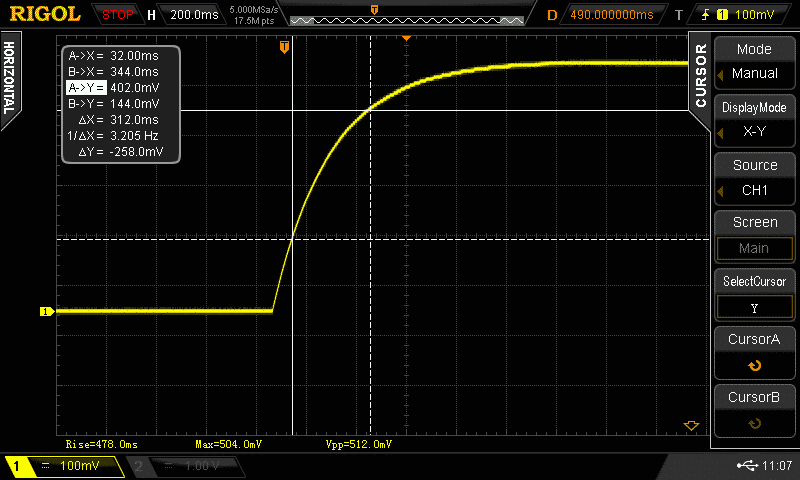
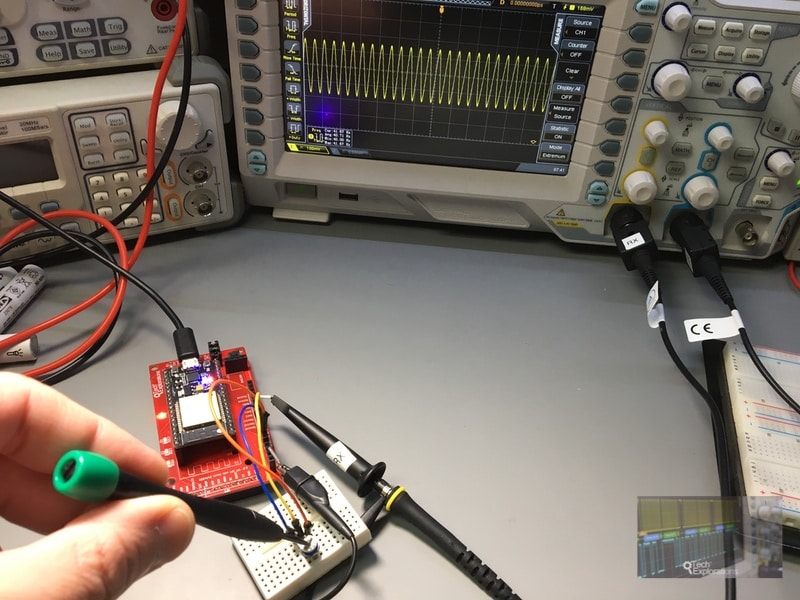
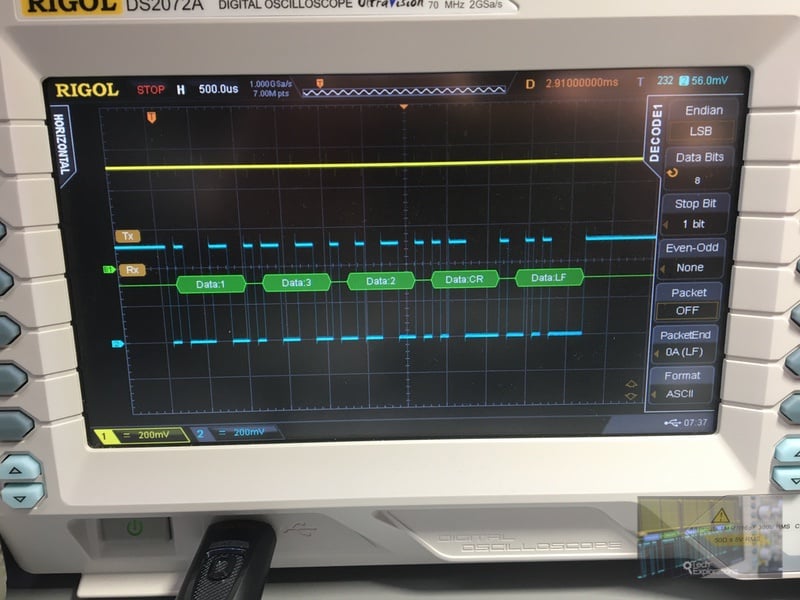
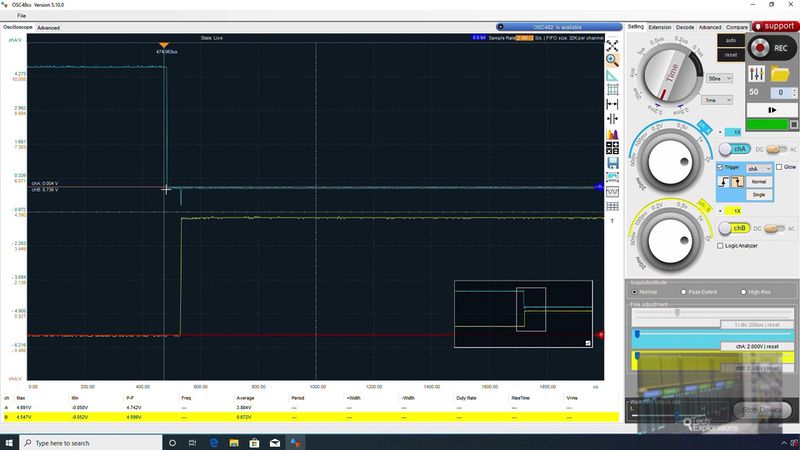
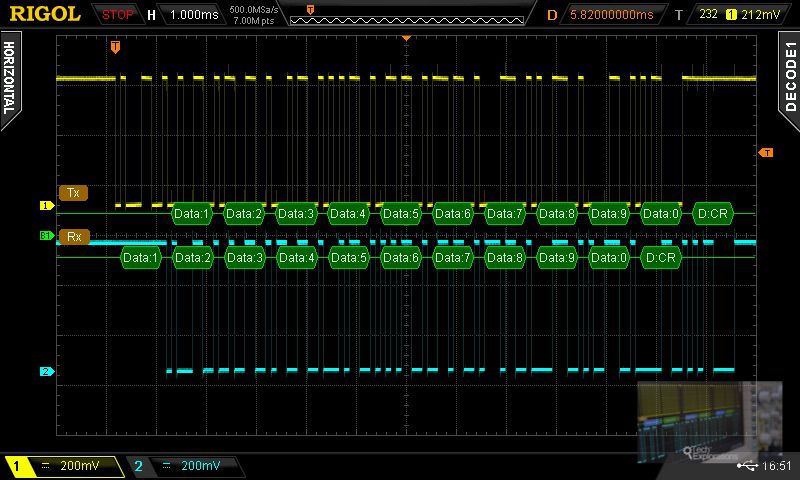
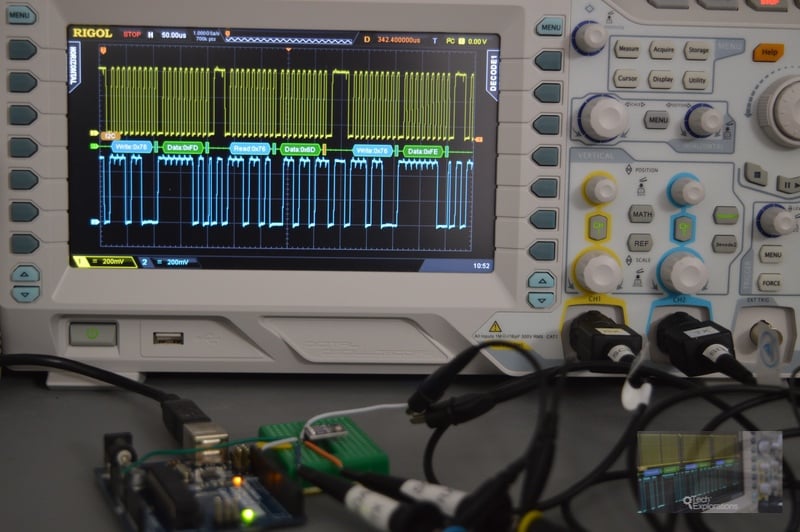
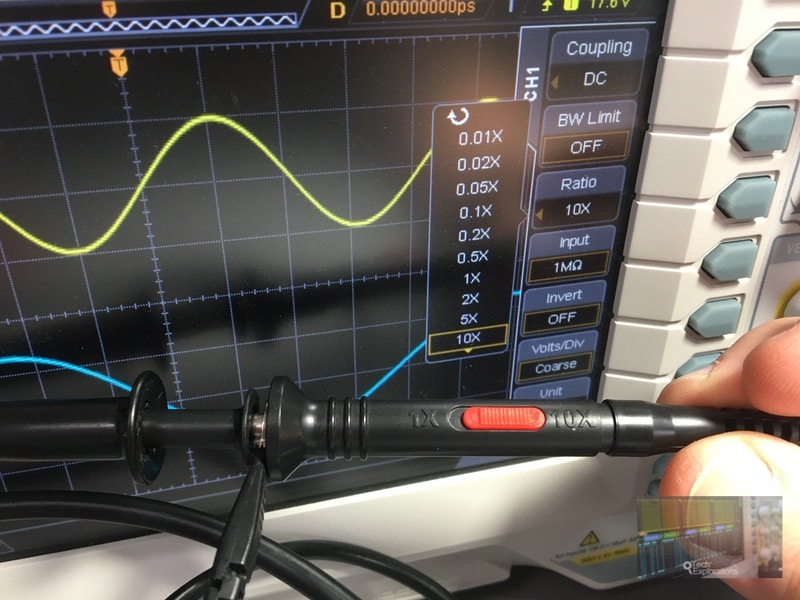
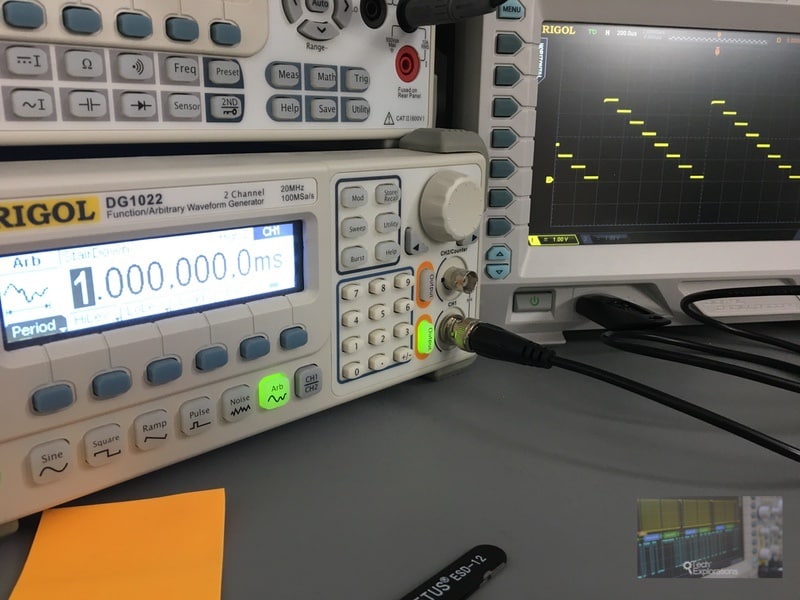
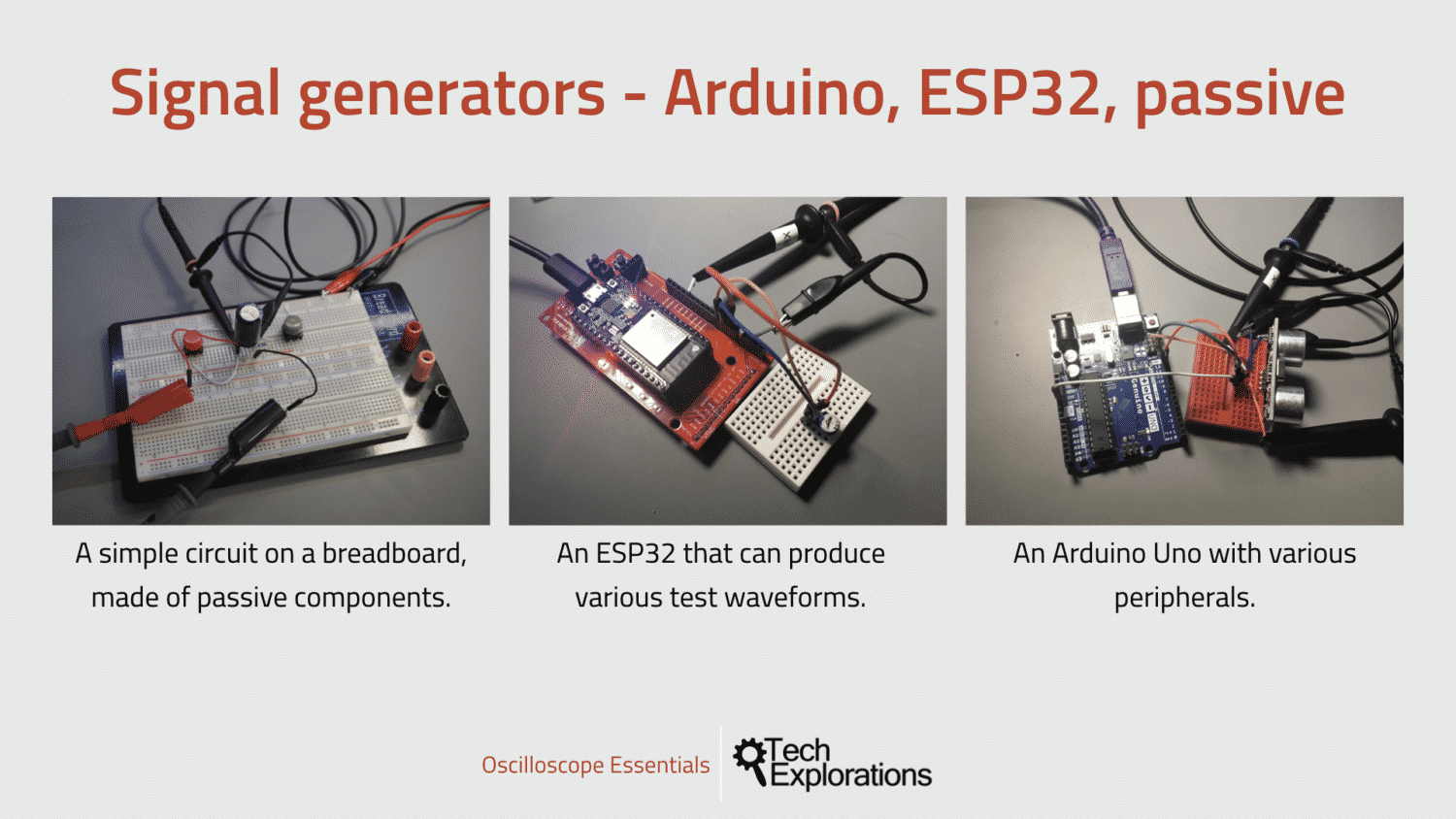
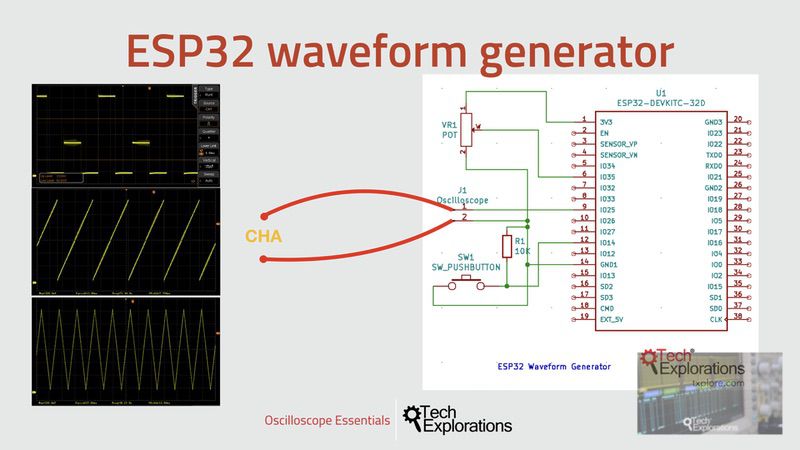
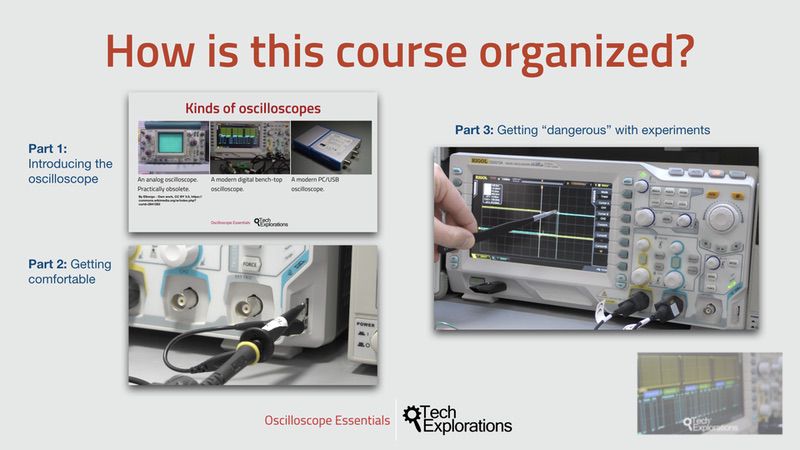
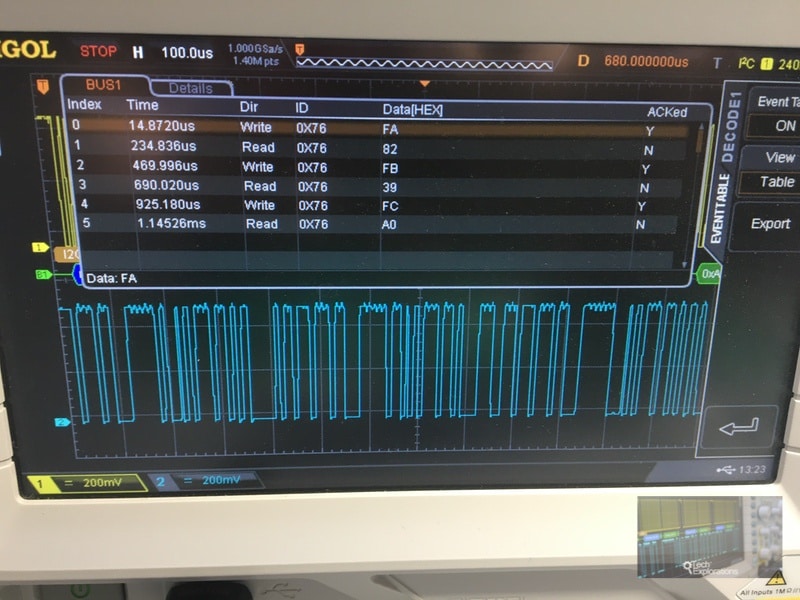
What is this course about and what to expect?
Review by a course graduate
Excellent and very Interesting
Clive Wilby
I have used scope quite extensively, but these were the old-style vintage ones and getting them to trigger in my case was a matter of twiddling knobs until I got something useful displayed.
After the course I know how to set trigger points and much more. While I would like to have a scope similar to the one Peter uses it is out of my price range. What was very useful is that the course also covers the use of a PC/USB scope, and I have now purchased one and I am looking forward to playing with it.
The decoding of Serial (duplex), I2C communication was very interesting, and I now understand the use of those weird timing diagrams you find in the various spec sheets.
The scope experiment that are used are perfect to demonstrate the subject matter.
Even if you think you are proficient with a scope, I believe you will learn a lot from this excellent course.
Here's what you'll get:
Which option is best for you?
Solo
Once-off payment, best for self-sufficient learners on a budget.
...
Once-off.
...
Once-off.
Community
Best for the social learner: be a member of the course community.
...
Once-off.
...
Once off.
Mentor
Get one-on-one live meetings with a mentor, learn to master.
US$299
US$299
This button will take you to Stripe, our payments processor.
Consider a subscription
Did you know, you can get a subscription for immediate access to this and 20+ of our courses. All for a low monthly payment, cancel anytime.
Do you prefer to learn on Udemy?
On Udemy you will find all of the Tech Explorations courses at the lowest possible price.
Each course is individually priced by Udemy based on your location. We don't have control of the price on Udemy and so we can't display it on this page.
Click on the button below to open a new window where you can see the price of this course on the Udemy website.
What's in this course?
S1. Introduction
S2. Getting started
03 – Getting comfortable with your oscilloscope
S3. Experiments
05 – Button press and response
06 – “See” ultrasounds using the Ultrasonic sensor
07 – Measure a PWM signal
08 – Servo motor control signal
09 – Measure waveforms created by an ESP32
10 – Display and Decode UART (RS232) communications
11 – Decoding I2C communications
12 – Lissajous figures
The course instructor

The course instructor is Peter Dalmaris, PhD.
Peter has created over 20 other courses on technology education.
He is the author of Maker Education Revolution, a book on how making is changing the way we learn and teach.
He is also the host of Stemiverse, a podcast in which he discusses education and STEM with the shakers and movers of technology and science education from around the world.
Copyright 2020, Tech Explorations - Privacy